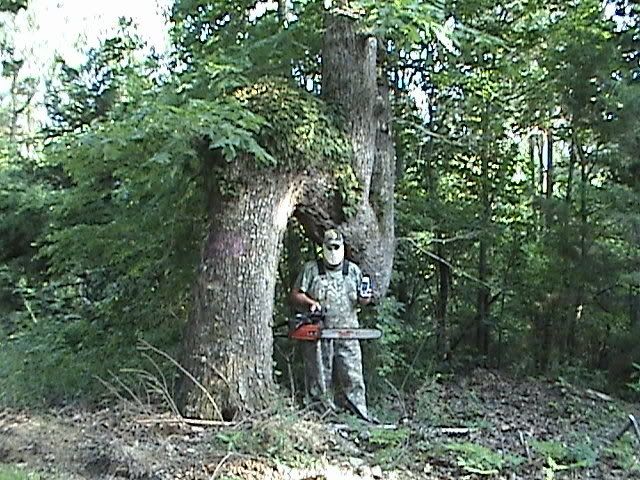They came into Western Arkansas from many distant places. There were no roads, only the Native American trails and those made by wildlife. There were no signs to guide their way, and few maps available at all. Yet, the pioneer spirit prevailed, and our part of the state began to grow. At each meeting of a fellow traveler, information was passed about what might be expected up ahead on the dangerous journey. Landmarks were described, or a easy to remember name for a reference point or river crossing. A common travel route from Western Arkansas into the Oklahoma Territory was to cross the Cossatot River at the sandbar, travel the ridge trail west, crossing the old Military Road, to twin springs, then on westward to Bog Springs at the edge of the Indian Nations.
Many of our Seniors will readily recognise these names, but those new to our area will only have numbers to guide by. Those numbers will not impart the look, feel and safety level of the crossing on the Cossatot River. The numbers cannot speak of the heritage and history that is at those remote mountain places. The numbers do not reveal the hardships endured by those early settlers that were seeking the solitude and beauty of the Ouachita Mountains.
Those names that were so vital in the early days of Western Arkansas history are fading from memory.
Some agencies such the Forest service and the State Parks have found ways to preserve these important and historical markers. Others have not given any thought to the preservation of the names and have eliminated them. When looking at a topographical map of the area East of Hatfield, one will note locations such as Dog Hollow, Gilham Springs, Speck Hollow and Brushy Creek. Just take a look at the Corps of Engineers or the State Parks map of the Cossatot River area. There you find names such as Sheep’s Den, Cossatot Falls, flat creek and Ed Bank’s Crossing. Preserving those names and many others that describe the colorful history and heritage of our area is important to many.
To some, it just wasn’t worth the effort. They took the easy way out. Rather than list the ages old names for many of our county roads, they gave them a number that was assigned by a machine. A electronic device and laziness had robbed a important part of our heritage and history.
If some that cared, hadn’t taken the time to post a sign saying, “Welcome Home Road”, there would only be a number marking the road. That number marks the road all right, and it will assist in helping to navigate someone over into Brushy Ridge and Watson Oklahoma. It fulfills a basic requirement and function of local Government. That number however, does not reveal anything of the rich history of this old crossing into Oklahoma.
The Military Road that ran South from Fort Smith to Texarkana facilitated the surveying and establishing of the Western boundary when Arkansas became a State. In Fort Smith that road is called “Old Line Road”. History was preserved. In the South of our County, Old Line Road was thoughtlessly labeled 98. The machine did it. History was once again obscured by sloth and indifference. The number doesn’t relate that when the State line was re-surveyed and straightened out, the line was moved almost nine miles West. Thus, a part of our State has been in Oklahoma, then later a part of Arkansas. The “Laplanders” were born ! That was and is the name often times used by locals when talking about friends and neighbors that live in the area where Arkansas had “lapped” over into Oklahoma. It makes one wonder how that county road with only a number on it can help to reveal the history of “Lapland”.
Even relative newcomers to our wonderful part of the world have placed descriptive names on the places that they frequent, not numbers. The whitewater community has descriptive and informative names for places on the Cossatot River. Names such as, The Washing Machine, The Esses and The Skull Crusher ( a spin on the Native American name for the river it’s self).
The old timers had it figured out. The newcomers knew what to do. So, just what happened when our County developed our 911 addressing system ? That seems to be when so many of our historical names began to dissappear.
A Sunday afternoon drive around the county will reveal roads named “Coondog Lane” and “Dolphin Lane”. Many locals have heard the story about the naming of Coondog lane and the history behind it. I think that Dolphin lane is a good name, particularly if residents there choose it. But if it was randomly generated by a machine to fill a requirement, then it certainly doesn’t preserve our intermountain history. It makes one wonder just how outlandish it would be to see a Dolphin so far from salt water.
Living in South Polk County I travel County Road 33 often. Along this road that leads to Ed Banks Crossing on the Cossatot River, a few of the old trail markers still survive time. This oak tree dates back to the 1890’s.

Note the tree’s size compared to the logger that is marking the trees location for future refference, with a GPS.
If this was a “street sign” or road “marker” of the ancients, then why didn’t it have a number ?


No comments:
Post a Comment